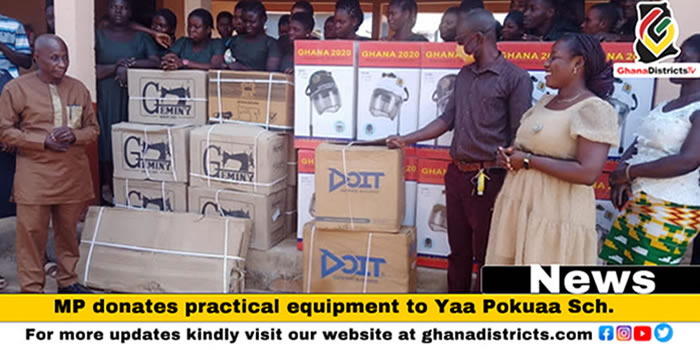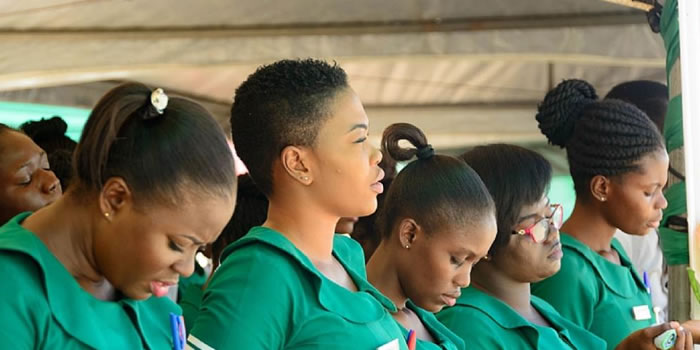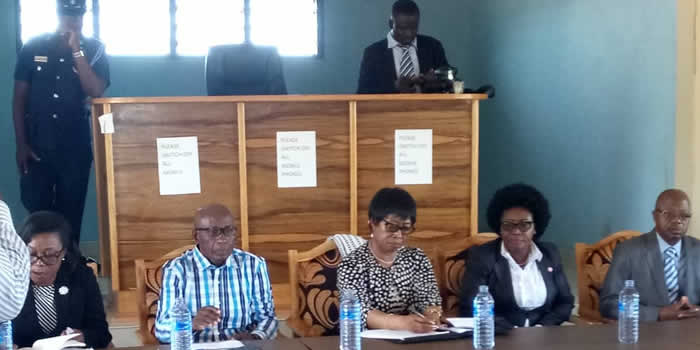

Road Network
The Kumasi –Techiman Highway passes through the length of the district. It is about a 39.2km from the southern to its northern fringes.
Feeder Road Network
The district has a feeder road network of 225.78km. These feeder roads are poor in shape. The perennial sectional improvement activities by the Department of Feeder Roads are not helping. The surface worsens after a single downpour. It requires a more sustainable approach.
Energy
The national grid is connected to mainly the towns along the Kumasi – Techiman trunk road which passes through the district. About 12.5% of the communities have been connected to the national grid.
Fuel wood is extensively used by the people to meet their domestic cooking requirements. Liquefied petroleum Gas (LPG) is patronized but on a limited scale. It is obtained mainly from Techiman as there are no gas filling stations in the district. Solar energy abounds in the district but remains untapped.
Communication
Communication in the relatively smaller communities is by the means of the traditional gong-gong. The gong-gong is beaten to pass on information from the traditional authorities to their subjects. They are often beaten to summon the communities to communal labour, to respond to emergencies or to educate the people on issues of local government.
In larger communities like Akomadan, Afrancho and Nkenkaasu, Information Centres have been established. These are connected to specific FM Stations outside the district to broadcast prime time news. During the day, they are also used to make local announcements but they have limited radius. There are currently two radio stations in District, Cruz FM and Time FM.
The district is covered by the following cellular mobile phone companies; inter alia, MTN, Vodafone, Zain, Tigo and Globacom. There are also community information centres in Akomadan, Afrancho and Nkenkaasu as well as Radio Station in Akomadan.
There are no landlines in the district so the people rely on mobile phones for communication.
FUNCTIONAL HIERARCHY OF SETTLEMENTS AND ITS IMPLICATION
Surface Accessibility to Services
Surface accessibility to services such as health, education (SHS), extension services and banking are based on observed vehicular speeds on the various types of roads (first and third class roads) in the district.
Travel Speed and Waiting Time in the district
Facility Vehicle Speed Waiting Times
First Class Road 120km/hr 15 minutes
Third Class Road 25km/hr 2 hours
The accessibility analysis indicates that about 70% of the habitable area of the district falls within considerable aggregate accessibility. This implies that about 30% of the habitable area of the district is not within easy reach of basic facilities and amenities.
Aggregate Accessibility
About 65% of the communities enjoy at least one chosen facility within the acceptable time eg, agricultural extension services. Transportation to these facilities needs to be improved. The road network in the district also needs to be improved. It is equally important for the population threshold for most of the services to be reviewed to enable majority of the communities enjoy higher level services.
Optimum Accessibility
This is about the communities that have access to all the facilities/services. These communities are Akumadan, Nkenkaasu and Afrancho. They constitute about 68.1% of the total population. The situation needs to be improved.
Date Created : 11/27/2017 6:50:49 AM











 facebook
facebook
 twitter
twitter
 Youtube
Youtube
 +233 593 831 280
+233 593 831 280 0800 430 430
0800 430 430 GPS: GE-231-4383
GPS: GE-231-4383 info@ghanadistricts.com
info@ghanadistricts.com Box GP1044, Accra, Ghana
Box GP1044, Accra, Ghana